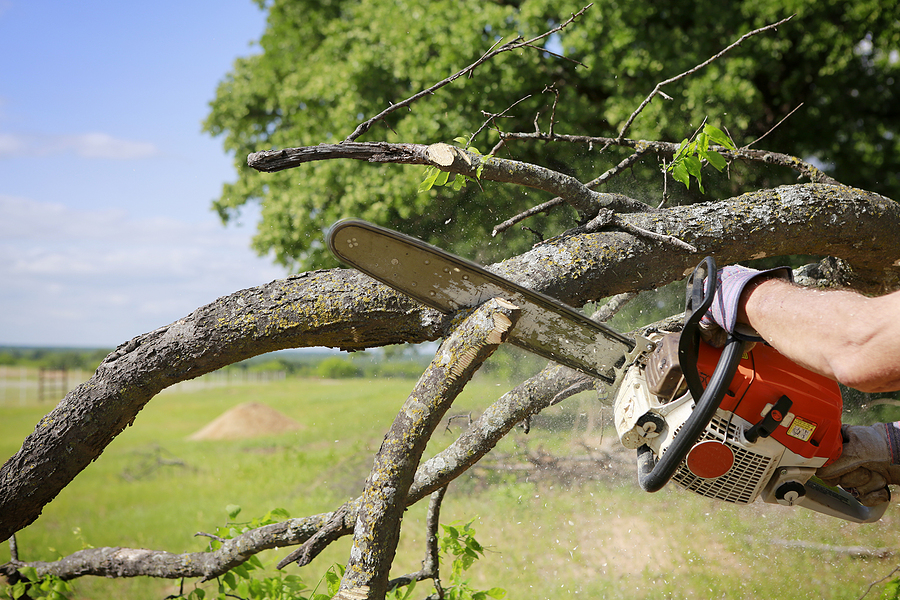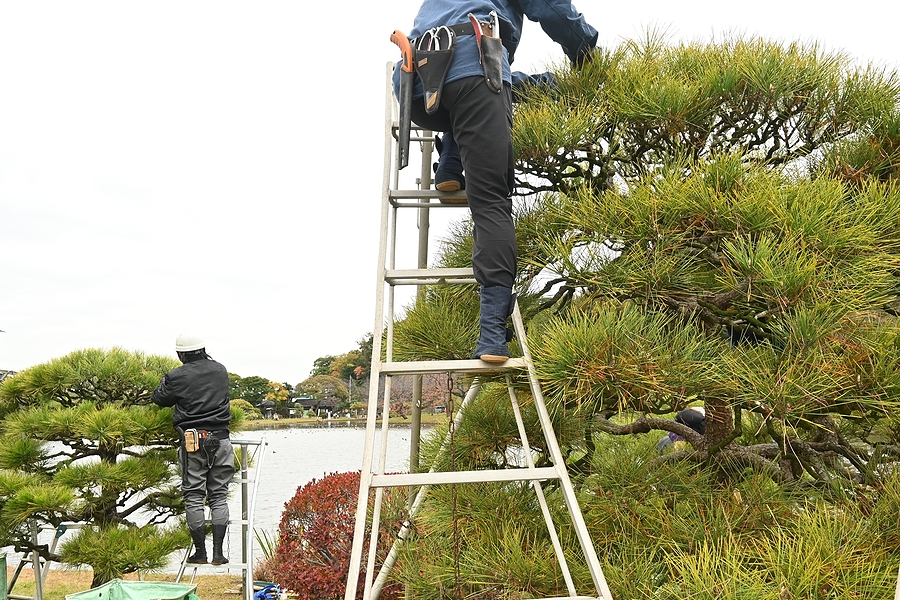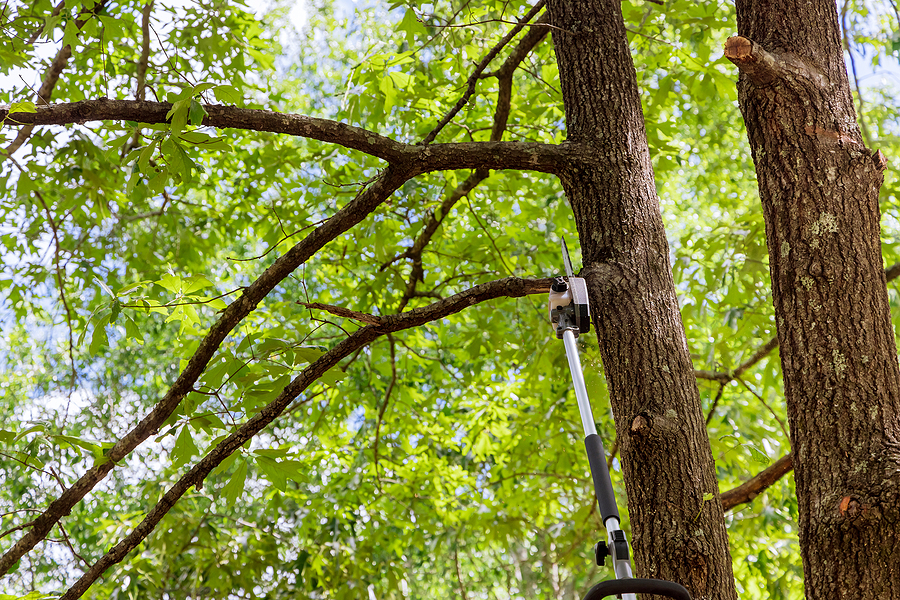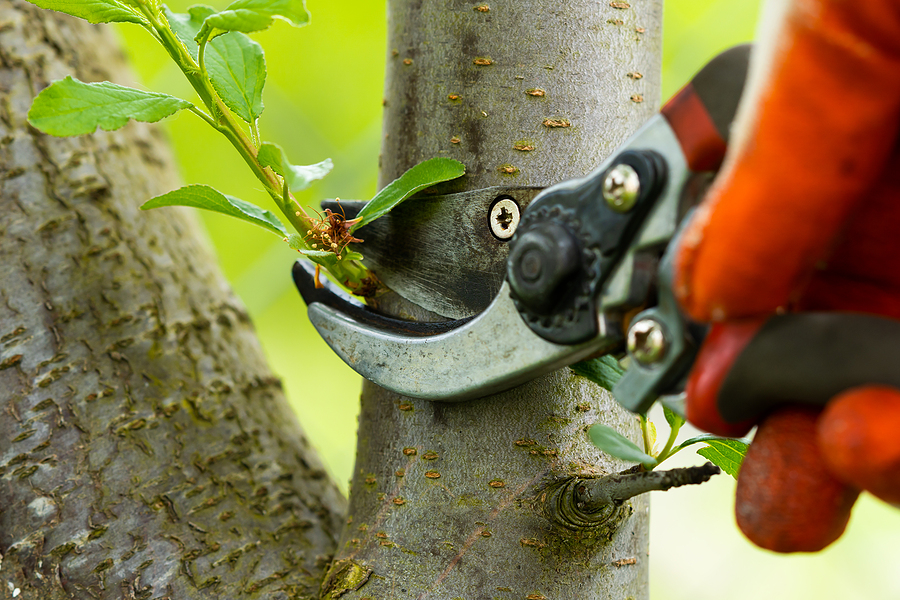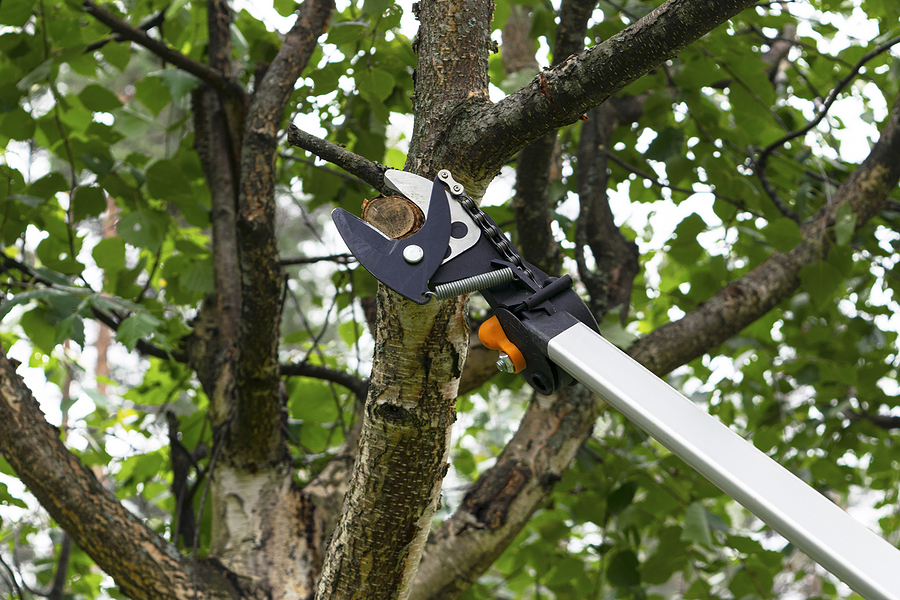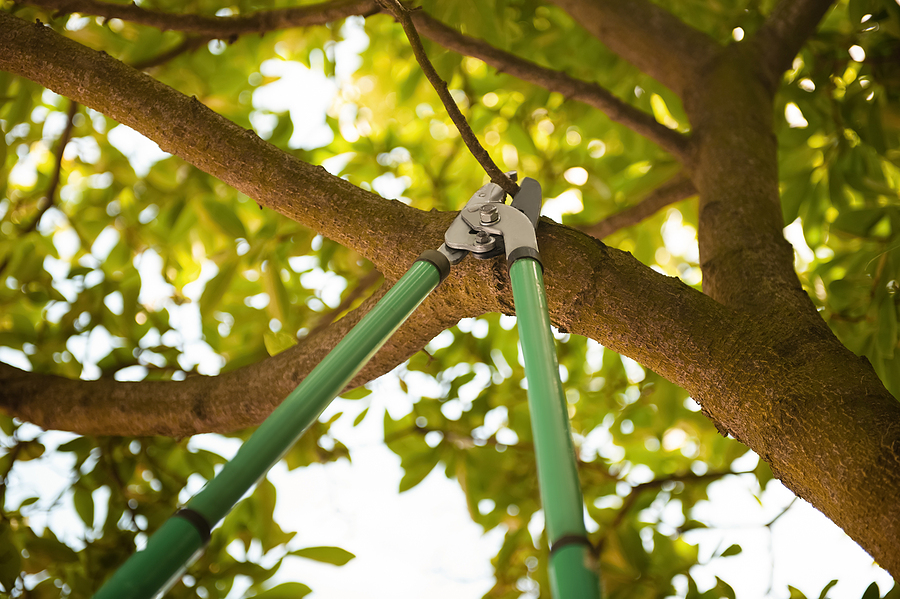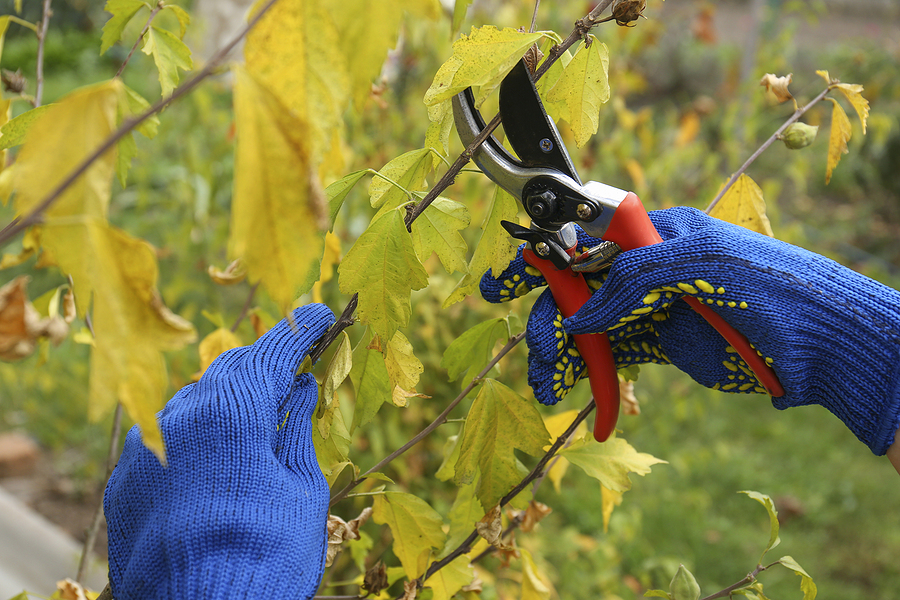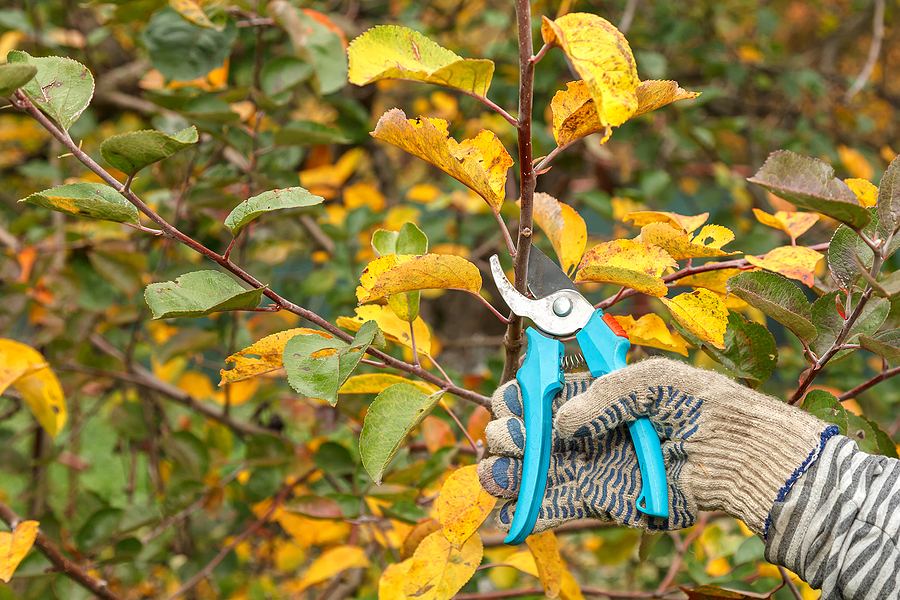Picture this. You step into your backyard for a relaxing afternoon, only to find your neighbor’s tree branches extending onto your property. It’s a common issue that many homeowners face, leading to potential disputes over property lines and tree maintenance responsibilities.
This blog post aims to guide you through the complexities of dealing with overhanging branches from your neighbor’s yard. By understanding your property rights, communicating effectively, and knowing the legal aspects involved, you can address the situation calmly and efficiently.

Understanding Property Rights
What are Property Boundaries?
Property boundaries are the invisible lines that define where your property ends and your neighbor’s begins. These lines are determined by surveys and are essential in resolving any disputes related to property encroachment. Understanding these boundaries is crucial when dealing with overhanging branches.
The ‘Harm Rule’ Explained
The “harm rule” is a principle often applied to cases involving overhanging branches. Simply put, if the branches or roots of a tree are causing harm to your property—such as damaging your home, blocking sunlight, or dropping apples and creating a mess—you have the right to take action. However, it’s essential to exercise these rights responsibly and legally.
Your Rights as a Property Owner
As a property owner, you have the right to cut branches that extend onto your property. However, this right is not absolute. You must ensure that the trimming does not harm the overall health of the tree or violate local ordinances. Knowing your rights can help you take appropriate action without overstepping legal boundaries.
Communication with Your Neighbor
Importance of Open Communication
Before grabbing those pruning shears, it’s crucial to communicate with your neighbor. Open, respectful communication can prevent misunderstandings and foster a sense of community. Approach your neighbor calmly and explain the issue at hand.
How to Approach Your Neighbor
Start the conversation on a positive note. Mention how much you appreciate their trees and then segue into the issue of the overgrown or overhanging branches. Be clear and specific about your concerns—whether it’s falling leaves, blocking sunlight, or the potential for a fallen tree limb.
Tips for Effective Communication
- Choose the right time: Catch your neighbor when they’re free and in a good mood.
- Be polite: Use respectful language and avoid making demands.
- Offer solutions: Suggest working together to trim the branches or hiring a professional.
- Listen: Be open to your neighbor’s perspective and find common ground.
Legal Aspects and Local Ordinances
Knowing Local Ordinances
Different areas have different laws regarding tree trimming and property lines. Some municipalities require you to notify your neighbor or obtain a permit before trimming. Check your local ordinances to ensure you’re compliant with the law.
Legal Actions and Your Rights
In some cases, communication and negotiation may fail, and legal action becomes necessary. If your neighbor refuses to trim the tree and it causes damage, you may have grounds for a legal complaint. It’s essential to document everything, including conversations and any damage caused by the overhanging branches.
Importance of Legal Knowledge
Understanding the legal aspects of tree trimming can save you from potential lawsuits and fines. If you’re unsure about the laws in your area, consulting a legal professional can provide clarity and help you proceed correctly.
The Art of Tree Trimming
Doing It Yourself
If the branches are within reach and you feel confident, you can trim them yourself. Use the right tools, such as pruning shears or a pole saw, and follow safety guidelines. Always trim back to a natural growth point to avoid harming the tree.
When to Hire a Professional
For larger or more complicated jobs, it’s wise to hire a professional tree care service. Professionals have the expertise and equipment to trim trees safely and effectively. They can also advise you on the best practices for maintaining the tree’s health.
Safety and Legal Considerations
Safety should always be your top priority. Ensure you’re wearing protective gear and following safety protocols. Additionally, be mindful of the legal considerations—only trim branches that are on your side of the property line unless you have explicit permission from your neighbor.
Conclusion
Dealing with a neighbor’s overhanging tree branches can be tricky, but it doesn’t have to lead to conflict. By understanding your property rights, communicating openly with your neighbor, and knowing the legal aspects involved, you can approach the situation effectively. Remember, amicable resolutions are always preferable, but knowing your legal options is essential if things don’t go smoothly.
If you’re unsure about managing your neighbor’s tree branches yourself, don’t move forward on your own. Consider contacting Complete Tree Care at 317-783-2518 for professional tree trimming service in Indianapolis. We’re here to help you maintain your property’s beauty and safety while respecting your rights and your neighbor’s trees. Reach out to us today and let’s keep your yard looking its best!
Related Posts:
The Essential Guide to Tree Inspections
Top 7 Reasons Why Regular Tree Trimming is Essential for Your Property
Can I Trim Dead Branches Off a Tree in Summer?


